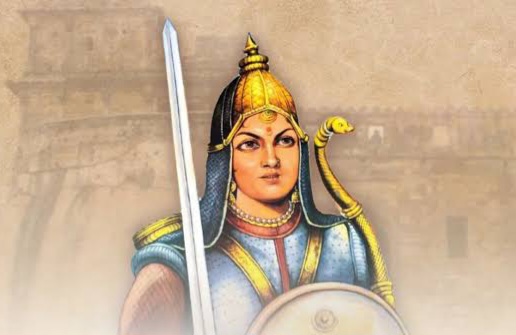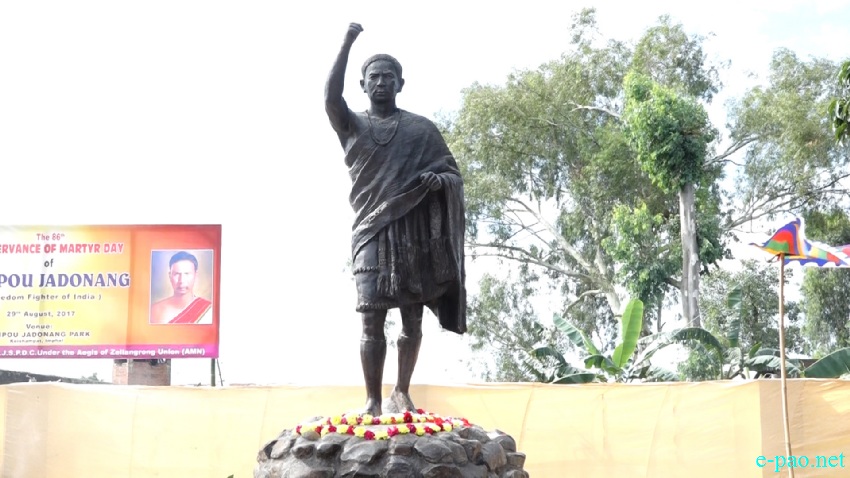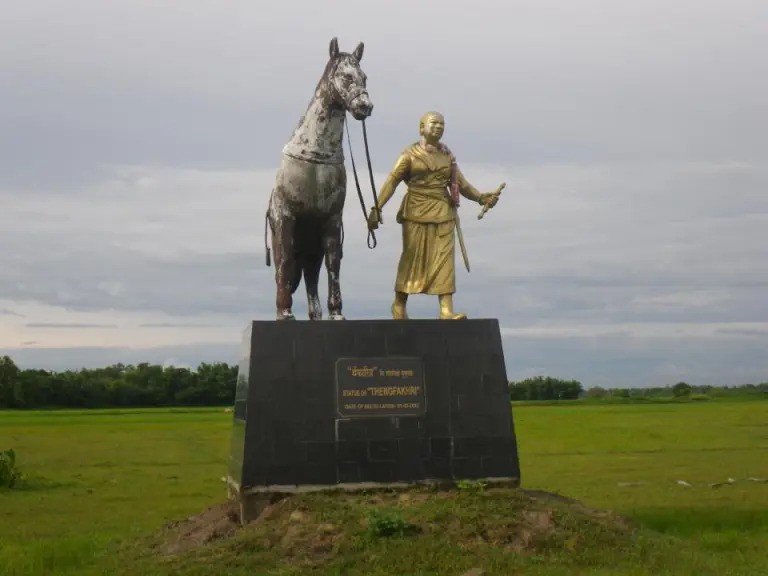By Dr. Bhupendra Kumar Sullere
In Indian history, the name of Rani Durgavati is etched in that immortal line of heroines who sacrificed their lives in defense of their motherland. On June 24, 1564, when the Queen of Gondwana attained martyrdom fighting the Mughals, she became not just a queen, but a true daughter of Bharat Mata (Mother India). Her death anniversary continues to inspire us with her self-respect, inner strength, and unyielding struggle for the protection of the motherland till her last breath.
1. Historical Background: The Sovereign Queen of a Free Gond Kingdom
Rani Durgavati was born on October 5, 1524, in Kalinjar (present-day Banda, Uttar Pradesh) into the Chandel dynasty. Her father, King Keertisingh Chandel, was a brave and self-respecting ruler. From a young age, Durgavati received thorough training in weaponry, horse-riding, politics, hunting, and war strategy.
She was married to Dalpat Shah, the son of Gond king Sangram Shah of Garha Mandla (present-day Jabalpur). This alliance not only united two powerful dynasties — the Chandels and the Gonds — but also became a symbol of social harmony and tribal-feudal unity.
2. Shouldering the Crown: Administrative Vision and Responsible Rule
After the untimely death of King Dalpat Shah, Rani Durgavati, though widowed, took over the reins of the kingdom and ruled in the name of her minor son, Veer Narayan. She laid the foundation for a powerful tradition of female leadership, where motherhood and political acumen coexisted seamlessly.
During her reign, she reorganized agriculture, water management, road construction, security, and the justice system. She would interact with her subjects daily, embodying maternal compassion while keeping public welfare as her topmost priority. She commissioned the construction of several reservoirs on the banks of the Narmada River (Rewa), among which "Rani Tal" is most notable.
3. The Battle: When the Mughals Challenged Gondwana
Under Rani Durgavati, Gondwana remained an independent and prosperous state. It was this prosperity that attracted the greedy eyes of Mughal Emperor Akbar’s general, Asaf Khan, who invaded Gondwana in 1564.
Rani Durgavati chose honor over surrender. With only 20,000 soldiers, she faced Asaf Khan’s massive army. The decisive battle took place in the forests of Narrai, where the queen herself led the charge, riding on her war elephant ‘Saraswati’.
In the fierce combat, her valiant son Veer Narayan was martyred. Gravely wounded herself, Rani did not retreat. When defeat seemed imminent and the possibility of capture loomed, she chose self-sacrifice over dishonor, ensuring she never fell into enemy hands.
June 24, 1564 thus became a glorious milestone in Indian history, representing the pinnacle of feminine honor and courage.
4. Rani Durgavati: An Emblem of Indian Culture
Rani Durgavati was not just a warrior. She was a symbol of religious tolerance, public welfare, female leadership, royal duty, and the dignity of independence.
She embraced tribal culture and elevated the pride of the Gond community.
Her life teaches us how motherhood, femininity, and patriotism can harmoniously guide politics.
She is an enduring icon of Indian womanhood — not merely as a symbol of beauty or submission, but as an embodiment of valor and sovereignty.
5. Relevance of Her Martyrdom: In the Contemporary Context
Today, when India is advocating women’s empowerment and tribal upliftment, the sacrifice of Rani Durgavati emerges as an ideal symbol:
She is the first national heroine for the tribal communities.
A unique inspiration for women in leadership.
A living example of political dignity, cultural preservation, and defiance against foreign oppression.
In her honor, the Government of India renamed Jabalpur University as Rani Durgavati Vishwavidyalaya, and in 1983, issued a commemorative postage stamp.
Immortal Saga of a Glorious Sacrifice
Rani Durgavati’s life affirms the truth that a kingdom’s pride is upheld not only by the swords of men but by the sacrifices and valor of women as well.
Her martyrdom day is not just a moment of tribute, but a day of reflection and introspection — Are we truly honoring the tradition of womanhood and tribal dignity for which she gave her life?
Commemorative Verse:
“A warrior woman is a flame that burns in darkness.
Her name is Durgavati, immortalized on the battlefield.”






